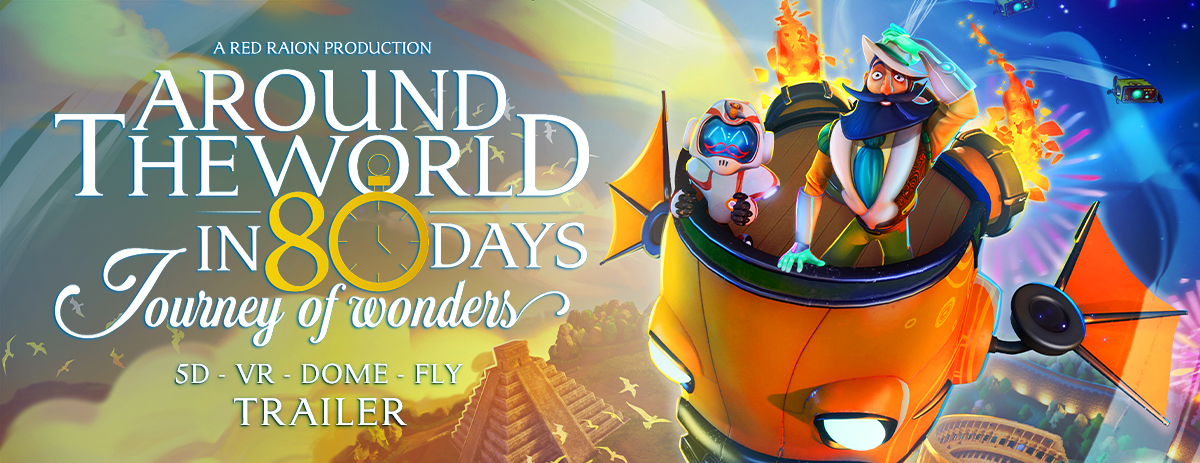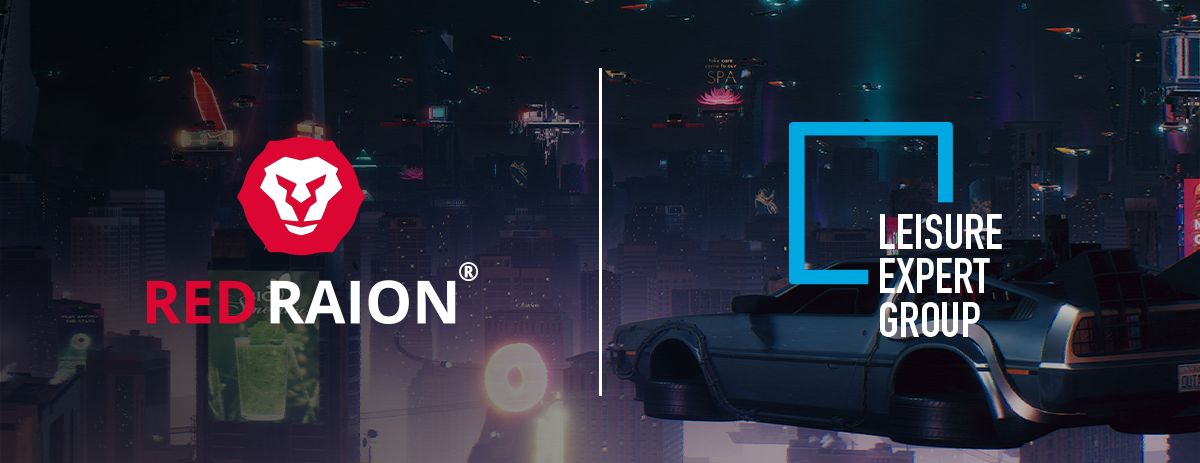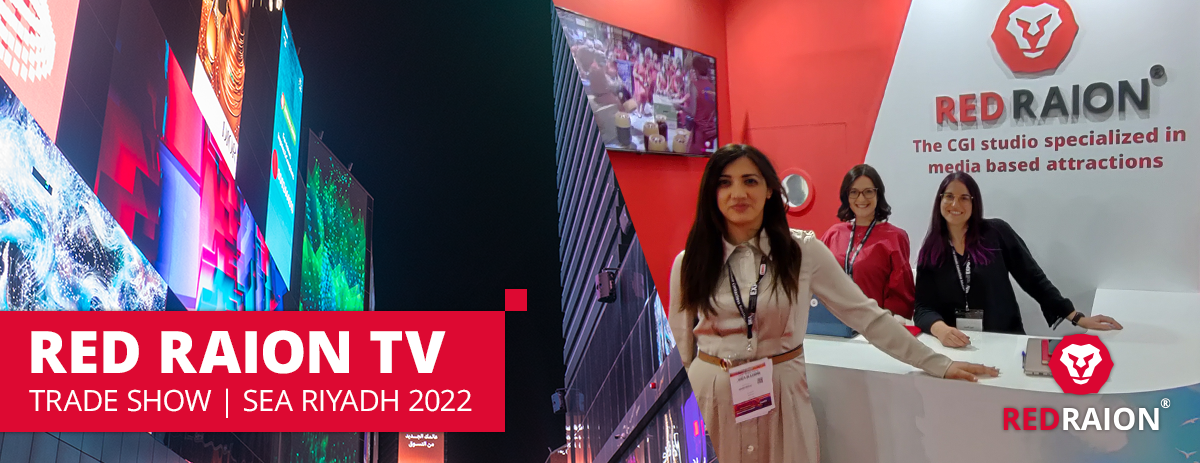5 myths about virtual reality, debunked
When an innovative technology reaches mass market, it immediately grasps everyone’s attention. Virtual reality isn’t any different. Market analysts, journalists and tech enthusiasts started sharing their opinions on specialized press and online. Everything and its opposite has been told. As a consequence, some mistakes can be found in this mix of thoughts.
At this stage, sensational statements are common, even if not necessarily true. Anyway, in order to get this clearly, there are some myths that need to be debunked. These are the most common misconception associated with the rise of virtual reality.
1. VR is for hardcore gamers only
There’s no doubt about that: virtual reality is fascinating gamers all around the globe (and there are more of them to come). However, videogames are not the only expression of this technology. Quite the opposite, VR finds its place in several fields.
VR is changing the creative approach of artists, designers and architects. Even professionals in the healthcare industry started to explore its potential. Some of the world’s leading brands have involved virtual reality in their marketing and communication strategies.
Virtual reality is a new communication paradigm that crosses several disciplines, changing its shape according to the necessities.
Sure, VR is changing videogames as we know them and tech enthusiasts are witnessing a revolution in gaming. This would have been unimaginable a couple of years ago. Anyway, that doesn’t mean that virtual reality technologies should be inherently bound only to this field. Actually, VR is suitable for everyone and this is its main feature. Would you like to live a mind-blowing experience? Just wear a headset, then!
2. Real life 360-degree feature films are virtual reality
There’s something the two have in common: both can be experienced through HMDs. That’s it. That doesn’t mean that every 360-degree videos is in fact virtual reality.
Immersive technologies are quite young. This alone can be misleading when you have to define them. The idea of “presence” can come in handy in order to make clear any difference between virtual reality content and traditional ones.
Matthew Lombard and Theresa Ditton describe presence as “the illusion that a mediated experience is not mediated”. To put it simply, those who try content expressly designed for VR platforms won’t perceive the experience as filtered by technological equipment. Of course, the user is aware she’s using a device, but, “to some degree, her perceptions overlook that knowledge and objects, events, entities, and environments are perceived as if the technology was not involved in the experience”.
This immersion doesn’t automatically apply to every 360-degree video. Especially when the user is not involved inside the story. Filmmakers often rely on traditional storytelling techniques when creating (supposedly) virtual reality stories and that simply doesn’t work for VR experiences. We are now in front of a whole new means of communication. There are too many differences when comparing VR to other media and it’s crucial to take them into account during the creative process. Field of view, 3D audio, motion tracking: these are just a few features virtual reality offers and traditional media don’t.
Applying old rules to this innovative medium is useless if you want to captivate your audience. Well, a general 360-degree video can impress at first, but the wow-effect will fade away soon. And, in fact, nobody really enjoys them. On the other hand, proper VR content does much more as it takes the user inside an immersive journey. The spectator can actually feel her presence inside the experience.
360-degree feature films doesn’t have a lot to do with virtual reality. They are a nice experiment, but VR is a whole different story.
3. Virtual reality makes people lonelier
Actually, some studies proved that VR can help treat severe relational disorder. This is not something you’d say about an alienating medium. What’s more, virtual reality experiences are even more enjoyable when shared with friends.
Lately, these immersive technologies are getting more and more popular in the attractions industry. Amusement parks that include a coaster experience are now a reality: no surprise VR and multisensory immersion have become the top trends in the industry. When experienced with friends, immersive technologies are even more fun. The relationship we have with other participants reflects itself in the virtual world and improves the reality of the whole experience.
A further proof of VR’s social capabilities is its impact in social media. It’s worth noting that Facebook bought Oculus in 2014, when VR market was far from its actual shape. Meanwhile, social platforms that take advantage of VR (AltspaceVR is the most popular one) arrived on the market and are attracting more and more users.
4. VR is just a fad
Well, numbers tell a different story. The virtual reality we have today it’s the outcome of a 30-year old vision. No surprise, investments in these technologies are growing very fast. And when there are millions of dollar involved, the idea of “gimmick” doesn’t apply.
Anyway, a lot of consumers are cautious and this is totally understandable. Lately, there have been a lot of disappointing products in entertainment and early adopters wasted their money. But these products failed for a reason. Take 3D TVs as an example. They just added a third dimension to TV-shows and feature films: that alone didn’t convince consumers. Why? People can enjoy these contents in the old-fashioned way without having to deal with unnecessary technological equipment.
On the other hand, virtual reality offers a point of view that is radically different. People have never experienced something similar before: the spectator is now the hero of the story. Right now, virtual reality is a niche, but that doesn’t mean it’s going to be a fad.
Videogames are working as trailblazer, while some of the most recognized brands in the world are already using VR for their marketing strategies. Virtual reality has all the numbers and appeal to reach mass market, by offering platform-specific and engaging content.
5. VR will turn people into vegetables, with a screen covering their eyes all the time
It’s always the same old story. A new technology reaches the market and some people think it’ll damage our lives. It happened with television, with personal computing, with smartphones and now it’s happening with virtual reality. But these technologies didn’t annihilate our relationship with others. Actually, they enhance our experience on a daily basis.
Television delivers news and entertaining content, while Internet brings knowledge both on personal computer and mobile devices. Sure, there are people who don’t follow the best practices for these platforms, but claiming that these media are evil is frankly too much. It would be like considering literature useless as a whole just because there are worthless books out there.
Virtual reality isn’t a menace. Quite the opposite, VR adds a new level of interaction and puts the user at the core of the experience. This is what the so-called active VR is about: thanks to specific equipment, it’s possible to interact with digital environments as you would do with real ones.
Final thoughts
Virtual reality is an innovative medium as it offers new tools to the entertainment industry. By providing new levels of interaction, proper VR content should be created (and enjoyed) taking advantage of a different perspective. Immersive content that is developed with this attitude can reach an unparalleled level of engagement. Unfortunately, at this stage you can find unspecific content that is improperly associated with virtual reality and this is generating misunderstanding. VR is not for gamers only, it doesn’t harm our lives nor is a fad.
Virtual reality is seducing the attractions industry at the fastest rate. It’s not by chance: people who are passionate about entertainment and amusement parks are very hard to please as they’re always in search of the most interesting technologies. The universal praise received by virtual reality confirms that multisensory immersion is a new communication paradigm in the industry. There’s nothing to fear about VR. Actually, this is a dream come true for millions of theme park enthusiasts around the globe.
Your audience is ready for virtual reality experiences. What about you? Watch all of our multimedia content in full-length and be the first to have a look to our upcoming VR movies!
center [share_box]




